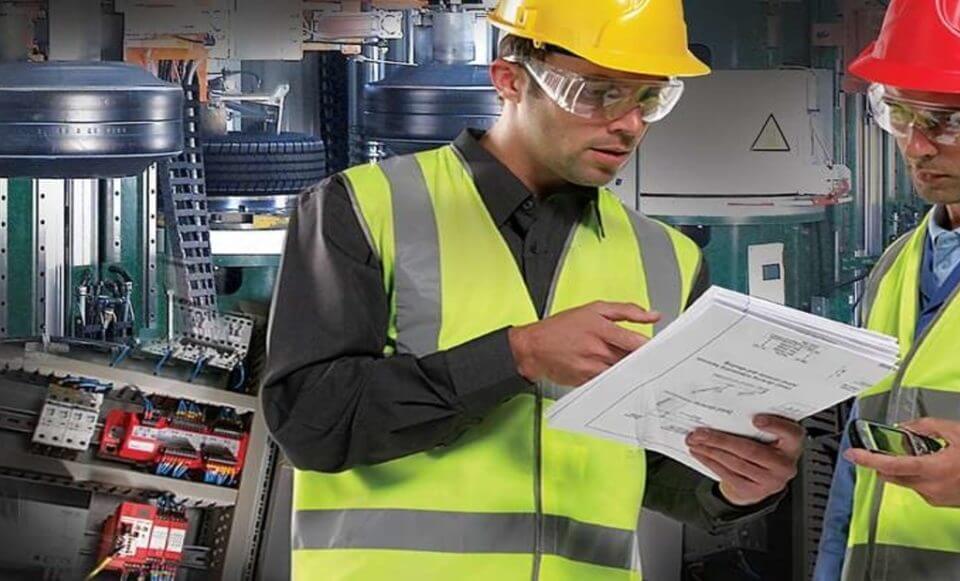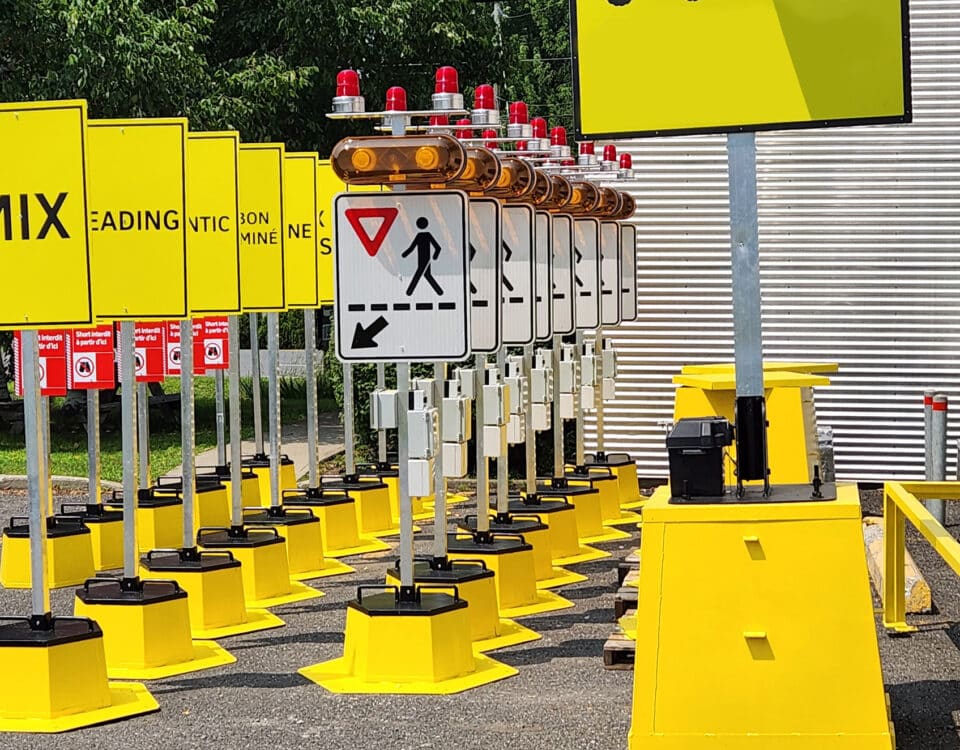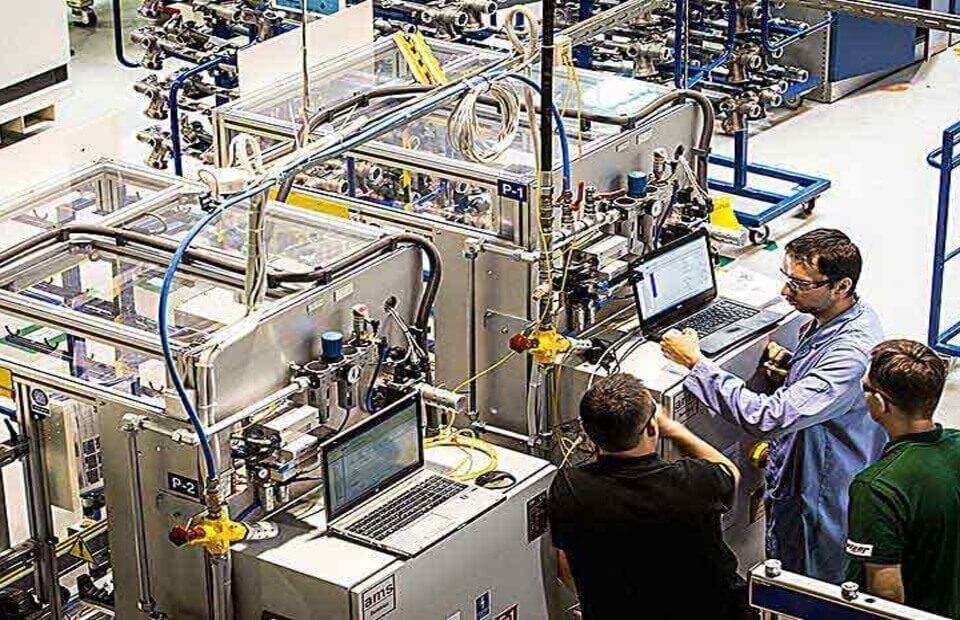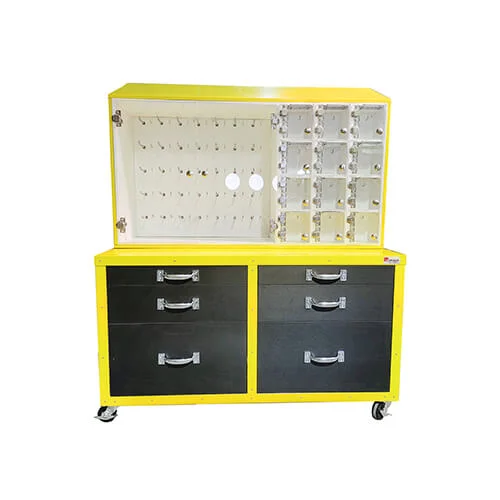
Optimizing Forklift Operations: Strategies for Safer Industrial Worksites
July 18, 2022
Forklift Safety Essentials: Proactive Strategies to Prevent Workplace Hazards
July 18, 2022
Optimizing Forklift Operations: Strategies for Safer Industrial Worksites
July 18, 2022
Forklift Safety Essentials: Proactive Strategies to Prevent Workplace Hazards
July 18, 2022In today’s evolving industrial landscape, maintaining a safe work environment is paramount. Recent findings from the Association of Workers' Compensation Boards of Canada highlight an unsettling rise in workplace injuries and fatalities, underscoring the urgency of implementing effective safety measures. Beyond legal compliance, fostering a safe workplace reflects a company’s moral commitment to its workforce and requires ongoing diligence and innovation.
Recognizing and Managing Industrial Hazards
Workplace incidents remind us of the inherent risks in industrial settings, particularly for younger, less experienced workers. This reality calls for businesses to evaluate and enhance their safety practices with urgency.

Building a Culture of Safety
-
Comprehensive Safety Audits
Conducting regular safety audits and risk assessments enables businesses to identify potential hazards before they escalate. Involving team leaders in these reviews fosters accountability and ensures a proactive approach to mitigating risks. -
Ongoing Training Programs
Consistent training keeps employees informed about evolving safety protocols. Comprehensive orientation for new hires, combined with refresher courses for existing staff, helps maintain a workforce that is well-versed in workplace safety expectations. -
Targeted Hazard Education
Industry-specific hazard awareness empowers employees to recognize risks and take preventive measures. Education tailored to your operational environment lays the groundwork for an effective safety program. -
Integrated Safety Practices
Embedding safety measures into daily workflows ensures protocols become second nature for employees, cultivating a culture where safety is a shared responsibility.
Sustainable Safety Strategies for Long-Term Impact
-
Lockout/Tagout (LOTO) Compliance
Adhering to strict lockout/tagout procedures minimizes the risk of machinery-related injuries by ensuring equipment is de-energized during maintenance. -
Preparedness Through Emergency Action Plans
Clear and comprehensive emergency plans provide structured responses to critical situations, reducing chaos and protecting lives. Regular drills reinforce readiness. -
Formation of Safety Committees
Establishing a cross-departmental safety committee ensures that policies are regularly reviewed and adapted to new challenges. These committees can also drive employee engagement in safety initiatives. -
Automation in Security Systems
Automated systems, such as access controls and surveillance, enhance facility security. Features like biometric authentication and real-time monitoring can significantly reduce unauthorized access and improve incident response.
Fostering a Safer Industrial Environment
Creating a secure workplace requires more than compliance; it demands a deliberate, sustained effort to integrate safety into the core of the organization’s operations. From targeted training to advanced technological investments, the path to safety is both strategic and holistic.
For expert guidance on industrial safety solutions, including safety signage and cutting-edge workplace security products, visit EZSecur at www.ezsecur.com.





